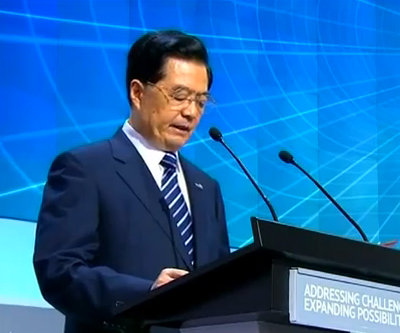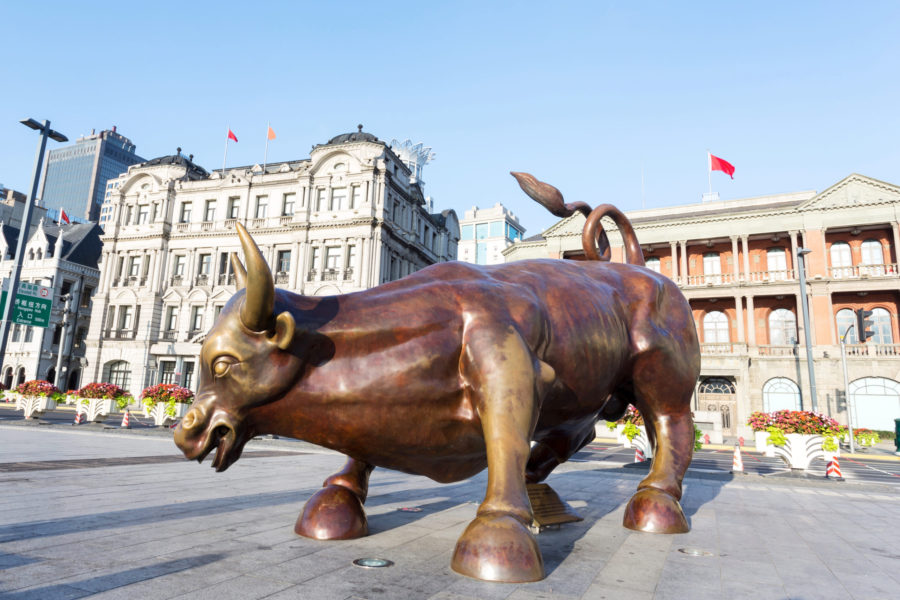Further signs of stimulus plans from a slowing China

China is showing further signs that stimulus spending to prop up its slowing economy could well be on the way, with President Hu Jintao evincing a commitment to economic growth at the APEC summit over the weekend.
China’s key economic indicators have been comparatively dismal of late, with 2nd quarter GDP dipping below the key 8% threshold to 7.6% for the country’s poorest quarterly performance in several years. Chinese PMI has also been weak, extending a protracted run of sluggish figures in August.
The Chinese leadership anticipated an economic slowdown earlier in the year. Wen Jiabao announced a 7.5% GDP growth figure for 2012 in March, marking the first occasion in recent memory that Beijing has forgone an annual growth target of over 8%.
In tandem with this slew of ailing indicators Chinese inflation figures for August were also less hefty than expected. Producer prices declined for the sixth consecutive month falling 3.5% compared to the same period last year.
The conclusion to draw from this raft of data is that further stimulus spending by China has now become an eminently likely outcome.
The Chinese government, whose legitimacy hinges upon its ability to improve economic conditions and raise living standards, will strive to give impetus to slowing GDP growth to ensure stability and safeguard its position.
Stimulus spending still remains the most viable means of giving a boost to the Chinese economy in the near-term. A rapid succession of interest rate reductions and a major cut in bank reserve requirements has failed to increase lending as hoped, while the stricken eurozone and troubled US economy are unlikely to provide much support to China’s increasingly costly export sector.
While the Chinese government has long touted an increase in domestic consumption as a means of re-balancing the economy and diminishing export dependence, Chinese incomes still remain far too low on average for this to be feasible short-term means of pumping up GDP.
Tepid inflation should also give the government greater breathing space to adopt vigorous stimulus policies, as the country’s leadership is forever mindful of the public backlash that increased living costs could invoke.
Just last week China’s National Development and Reform Commission (NDRC) gave the green light to 1 trillion yuan (USD$157 billion) in rail and infrastructure spending. This round of ambitious projects may well be a mere foretaste of future developments.
In a key signal of the Chinese leadership’s future intentions President Hu Jintao informed leaders at the Asia-Pacific Economic Cooperation summit held in Russia’s Vladivostok over the weekend that the Chinese government would act decisively to invigorate the country’s slowing economy.
“We will boost domestic demand and maintain steady and robust growth as well as basic price stability” said Hu.
The prospect of Chinese stimulus spending should inject renewed hope into the global resources sector in general and Australia in particular, with the latter having grown fat on the proceeds of a China-backed mining boom since the turn of the century.
Image of Hu Jintao at APEC summit courtesy of WestEndNews via Youtube
{{ commodity.name }}
{{ post.title }}
{{ post.date }}




Comments